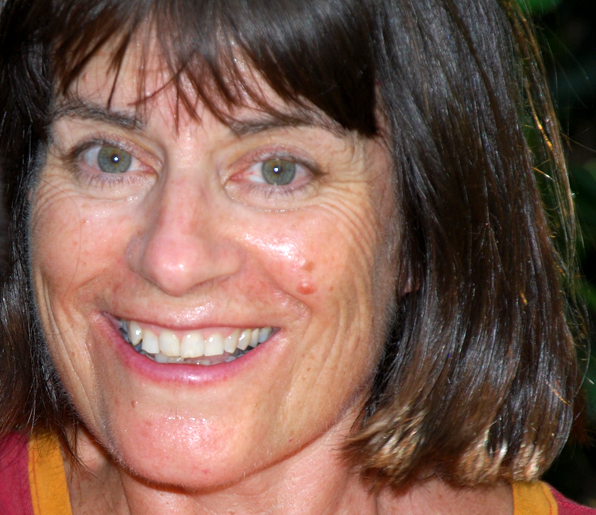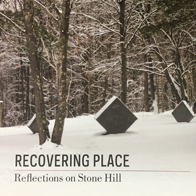
July 4–October 10, 2016
tracks
Raccoon tracks
Plaster cast
Spring 2016
TRANSCRIPT:
A raccoon’s rear foot is frozen in space and time beneath the cattails and sedges of the beaver meadow on Stone Hill. The delicate print, rounded heel pad and five clawed toes, and several partial tracks describe the particular pattern of the gait. The raccoon was trotting, moving quickly, but not using the loping gallop of alarm. Perhaps it was traveling from a den, through the dense waist-high brush, toward a favorite foraging area. Season after season, animal tracks describe the lives of the animals that leave them behind. Tracks reflect motion, direction, and gait and suggest purpose or intention: searches for food, shelter, mates, or escape from enemies and rivals.
This meadow is part of an intricate ecosystem expertly engineered by beavers. Long ago it was a forest that contained a stream. When beavers constructed a dam, probably in the early 1980s, the area flooded until the water became deep enough to allow construction of additional dams and lodges in what soon became a sizeable pond. This wetland habitat supported an enormous number of species who depended on it for their survival. Mammals, from mice to moose, as well as numerous plants, amphibians, and birds thrived here. About fifteen years ago, when their food supply was depleted, the beavers abandoned this site and moved elsewhere. The dams slowly degraded, flooding the surrounding terrain with nutrient rich sediment. As the wetland drained, the meadow evolved. Mycorrhizal fungi, necessary for trees to grow, had long since disappeared in the mucky bottom of the pond. Its absence will allow the meadow to resist invasion by trees for up to seventy-five years before finally returning to forest.
Stone Hill has been, and will continue to be, transformed many times by a variety of engineers: geological, human, and animal. Perhaps this small ephemeral raccoon track becomes a metaphor for the fluid, evolving landscape and for the many creatures traversing it over time.

Jennifer Lovett holds an MA in Art History from Williams College and an MS in Conservation Biology from Antioch University New England. She was a curator at the Clark Art Institute and an art teacher. She recently published her book Beavers Away!, which tells the true story of beavers dropped by parachute into the wilds of Idaho in 1948.
Recovering Place: Reflecting on Stone Hill
By Mark C. Taylor
An illustrated book chronicling the land art and sculptures created by Mark C. Taylor at his home in the Berkshire hills, echoing themes found in the exhibition. Supported in part by Herbert A. Allen, Jr. and the Clark Art Institute and published by Columbia University Press. Call the Museum Store at 413 458 0520 to order.

